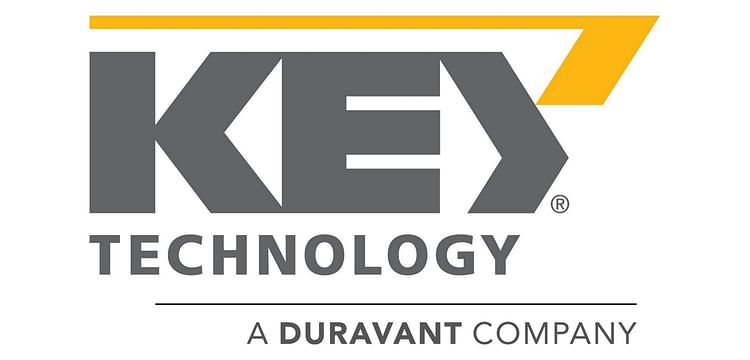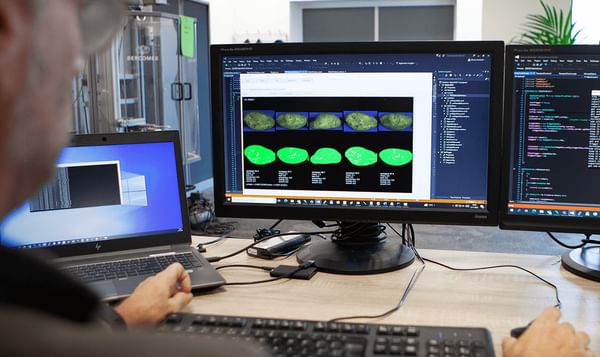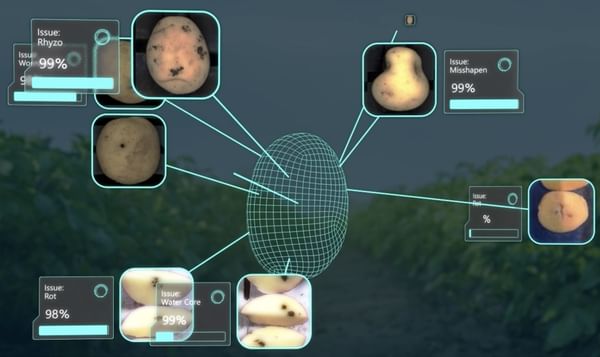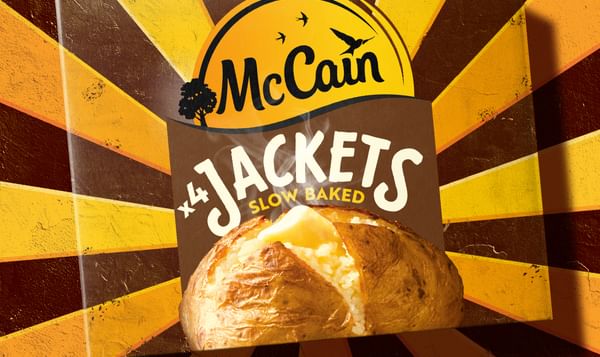Key Technology: 'The Increasing Role of Digital Sorters'
The Increasing Role of Digital Sorters
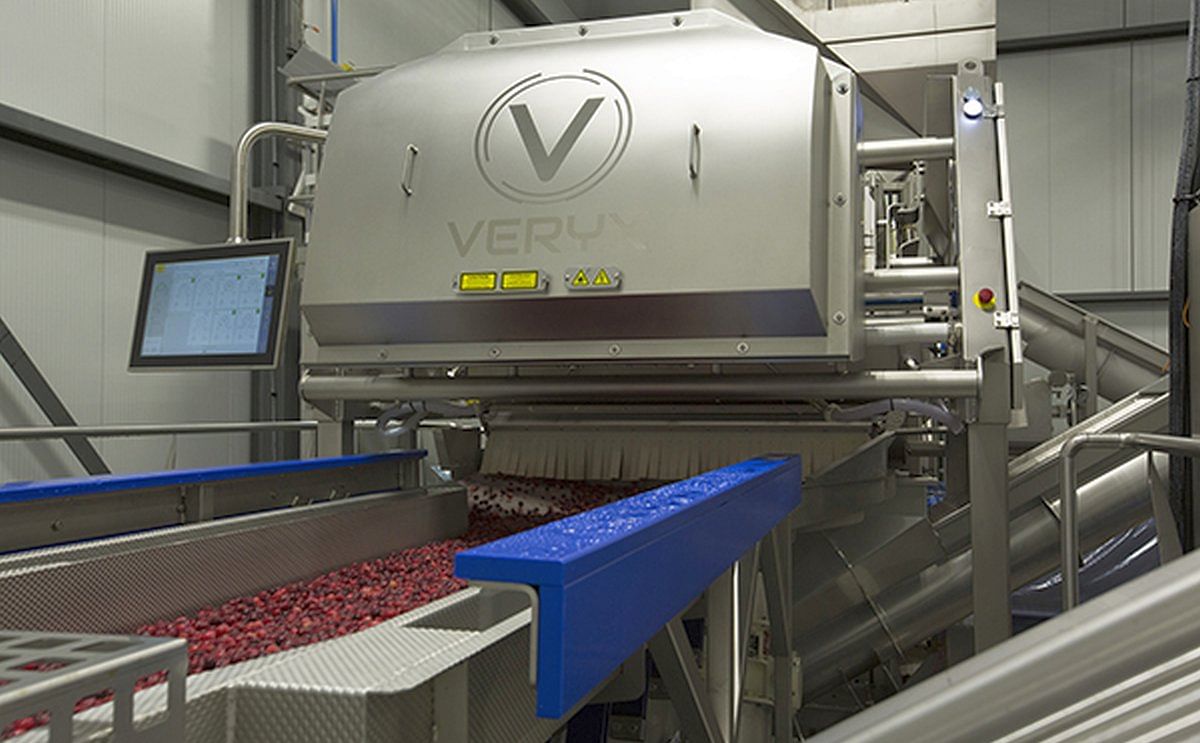
The primary objective of a digital sorter has always been to remove all foreign material (FM) and the right amount of product defects to make grade while minimizing false rejects so the food processor optimizes product quality and maximizes yield.
With redesigned mechanical architectures, next-generation sensor technology and intelligent new software, today’s state-of-the art sorters achieve these goals better than ever before – and they do much more.
This article by Key Technology, explores how a sorter can collect, analyze and share big data across a processor's enterprise to reveal patterns, trends and associations that help optimize operations and create a competitive edge. They also share their recommended spare parts lists for their sorting, conveying and rotary size grading equipment.
The Expanding Role of Digital Sorters
Powered by Industry 4.0 methodologies and IIoT (the Industrial Internet of Things), modern sorters are increasingly being utilized as data centers at the same time they sort product and are uniquely qualified to contribute to the data revolution.
They're able to 'see' 100 percent of the product on the line, recognizing color, size, shape, structural properties and chemical composition, depending on the cameras and/or laser sensors in use.
Their powerful computers can continuously collect and analyze information about the sort process and the product flowing through, whether that data is used to make sort decisions or not.
Equipped with an OPCUA-compliant infrastructure, sorters can seamlessly integrate with virtually any factory automation system to share data and can leverage IIoT to facilitate remote access via a secure portal.
To be an effective smart device within the Industry 4.0 framework, the flexibility to support a variety of data formats and connectivity protocols is essential.
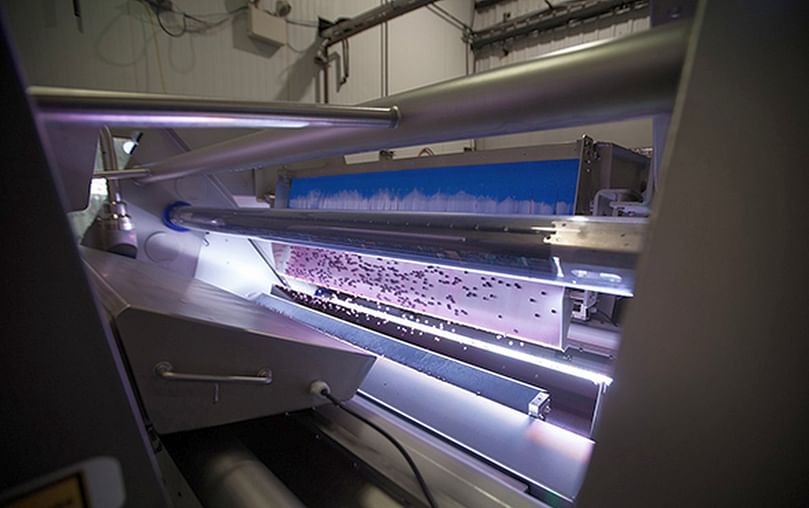
The ease of harnessing large amounts of valuable data on a digital sorter is rapidly improving, and with larger data sets comes the opportunity to cultivate more valuable insights and actionable information.
Highly customizable and ever expanding, specific product data categories of interest can be identified by plant managers from all the available real-time data.
By analyzing the information and generating useful reports, raw data becomes knowledge that is harnessed to better manage incoming raw materials and optimize processes upstream and downstream of the sorter to achieve the next level in operational efficiencies.
There are almost as many examples of how Information Analytics can be used to improve operations as there are food processors.
At the front of the line, analyzing the quality of incoming product by lot or by supplier enables a payment scheme that rewards higher quality. A sorter located after a transformational process can collect data to control the upstream process.
Or it can offer predictive analysis, issuing a smart alarm if certain conditions begin trending in a problematic direction. For processors that operate multiple sorters on different lines or production facilities, data can be compared to help managers optimize line performance.
At the same time today's modern digital sorters are beginning to be used as data centers, they continue to sort, with recent advancements enabling new standards of performance.
For one, innovative new mechanical architectures for belt-fed sorters position bottom-mounted sensors, along with light sources and backgrounds, away from product splatter.
This enables the sorter to sustain top and bottom viewing for all-surface inspection throughout the longest production cycles in the most demanding environments.
Beyond today's 4-channel cameras and laser sensors that offer twice the resolution of previous generation sensors to detect smaller defects and FM, one of the biggest developments in sensor technology comes from multi-sensor Pixel Fusion.
This powerful detection capability combines pixel-level input from multiple cameras and laser sensors to produce higher contrasts to find and remove the most difficult-to-detect FM and defects without 'false positives.'
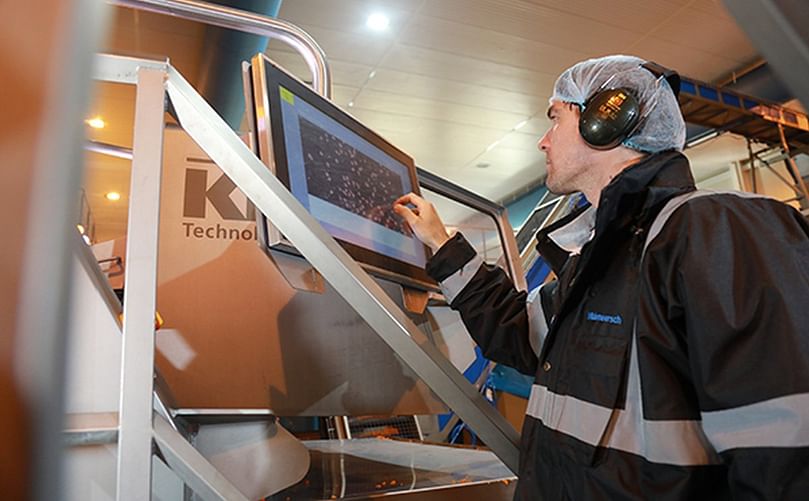
Greater automation is minimizing the need for labor and enhanced ease-of-use is reducing training requirements.
Superior sanitation, simplified maintenance, greater operational efficiencies and lower cost of ownership further differentiate contemporary sorters from legacy equipment.
For processors that want to ensure food safety and optimize product quality while maximizing yield and improving operational efficiencies, the newest digital sorting technology delivers.
By expanding a sorter's role as a data center, new data-driven decision making creates new opportunities to win new competitive advantages.


